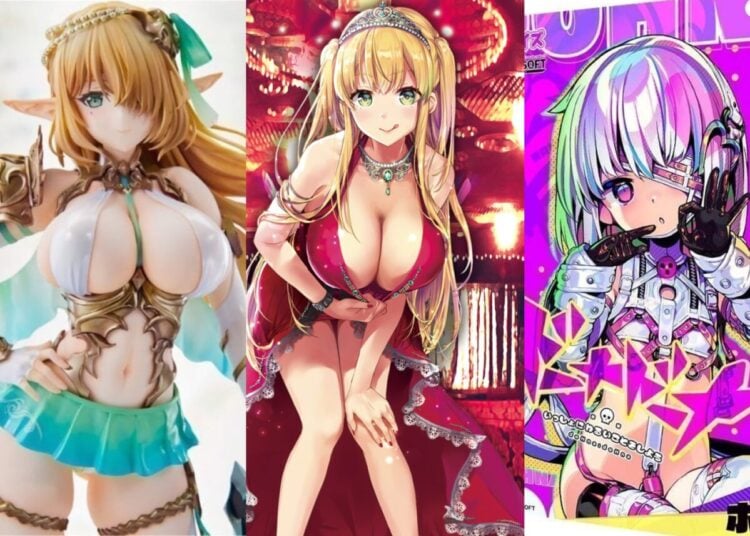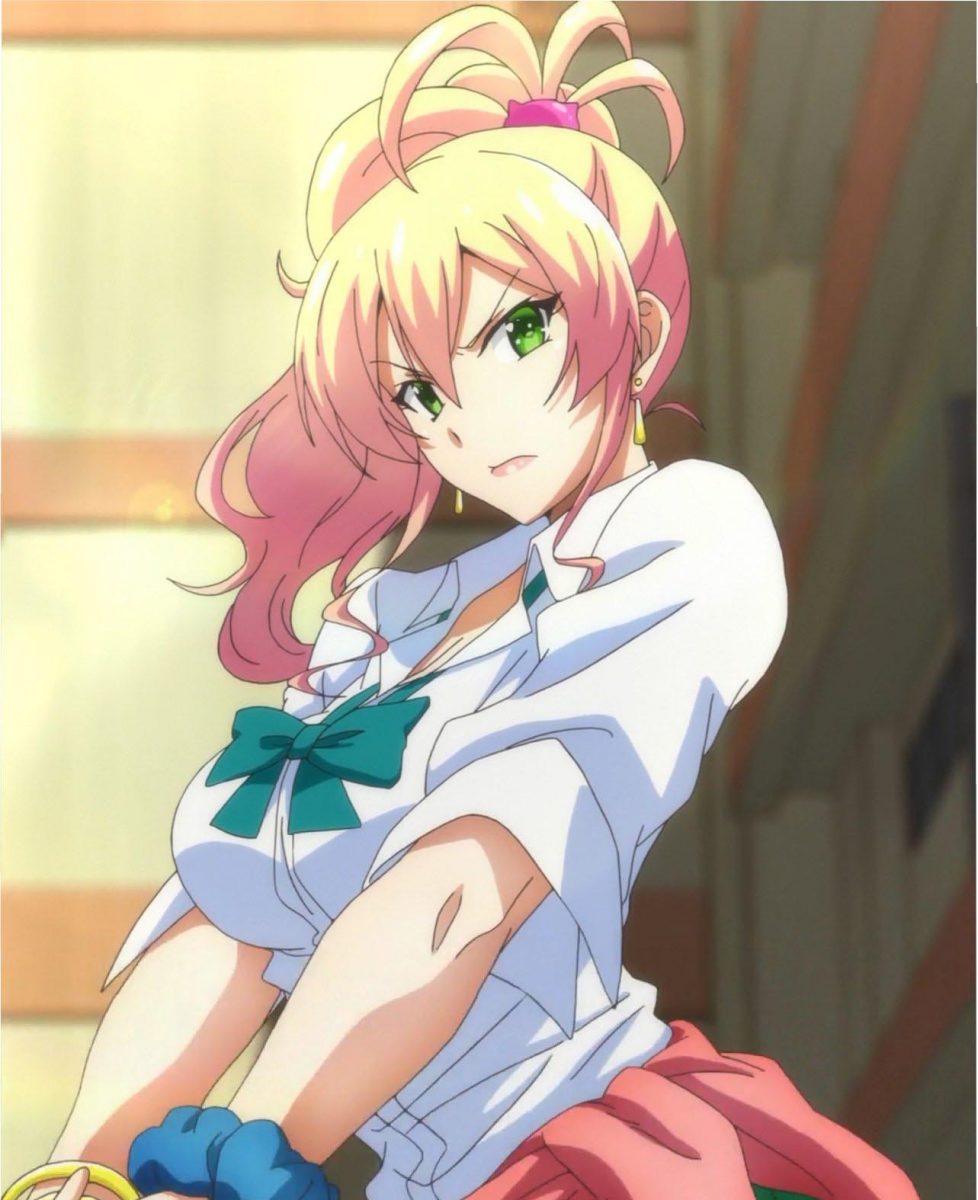The other day I was wondering to myself what the first anime to feature the now-famous “running to school with bread in the mouth” meme seen in just about every anime. So I decided to write a post exploring the origin of several popular anime tropes. Let’s get started!
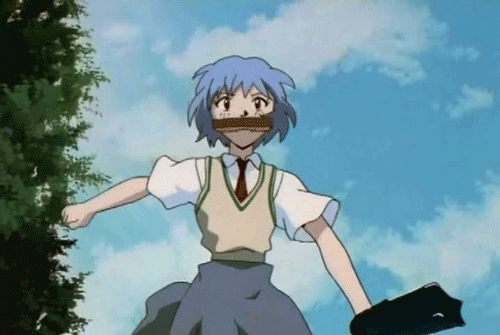
Running to School with Toast in Mouth
One of the most famous anime tropes, it’s known as 遅刻する食パン少女 in Japanese and “Late For School” on KnowYourMeme.com, and has been studied in surprising depth by pop-culture specialists in Japan. While no single origin for the joke could be found in manga in the 70s and 80s, the trope exploded when it appeared in the final episode of 1995’s Evangelion, when Ayanami runs to school with toast in her mouth.
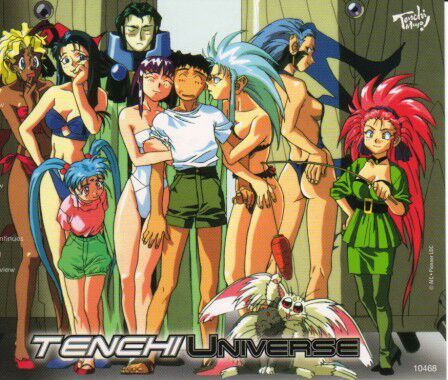
The Origin of Harem Anime
At some point in the 1990s, the genre of “harem” seemed to take over anime, and I remember back in the early days of running J-List I wondered how a genre could get so popular so quickly. Credit for the first “true” harem anime has to be given to Tenchi Muyo, which got all the now-famous story elements right.
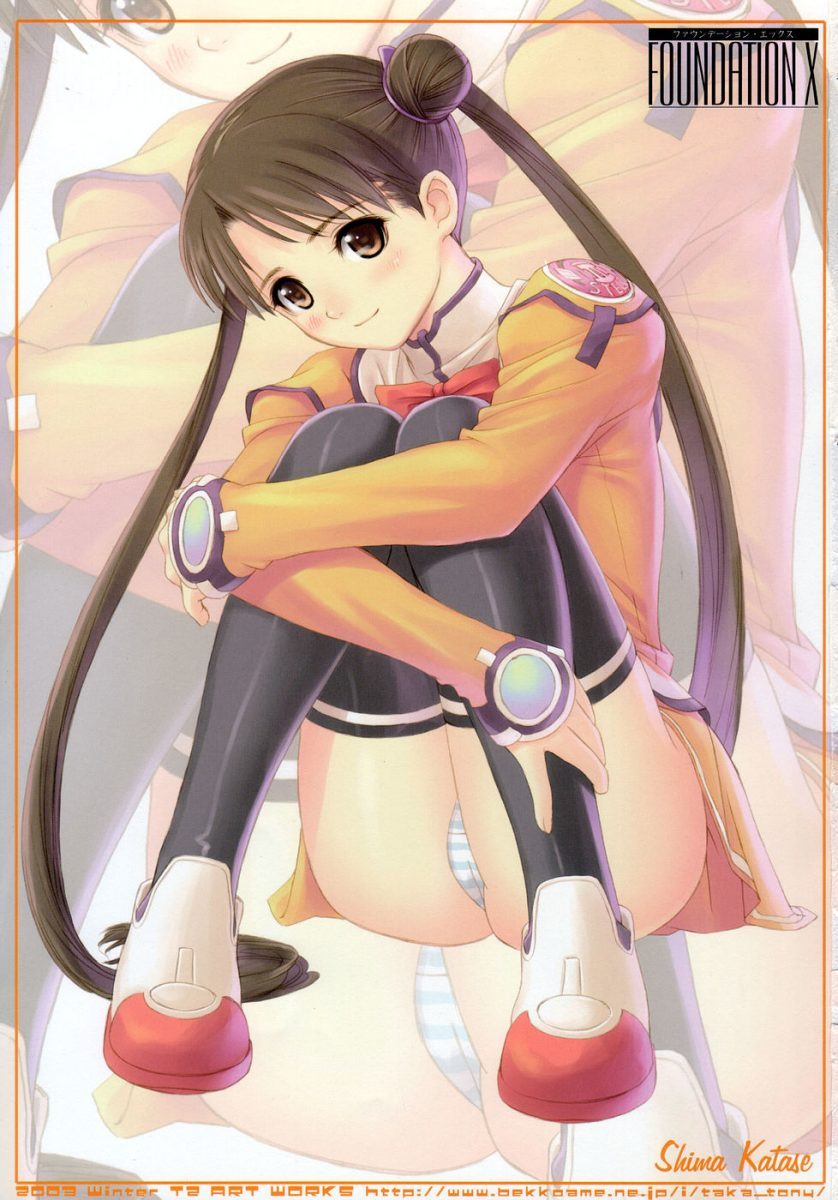
King of the Anime Tropes: Shimapan
One of my favorite anime tropes. A 2003 anime called Stellvia of the Universe introduced striped panties, and they caught on in a big way.
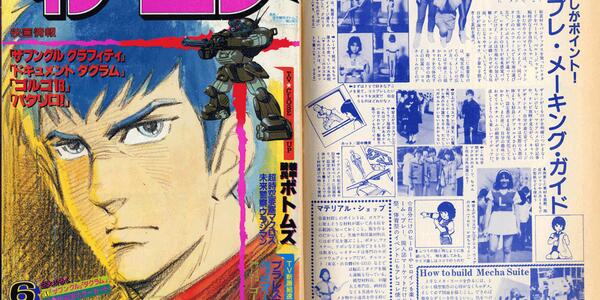
Cosplay
An example of wasei eigo or “made-in-Japan English,” the term came into existence when the word “hero costume play” had to be shortened to “cosplay” in a June 1983 issue of My Anime magazine.
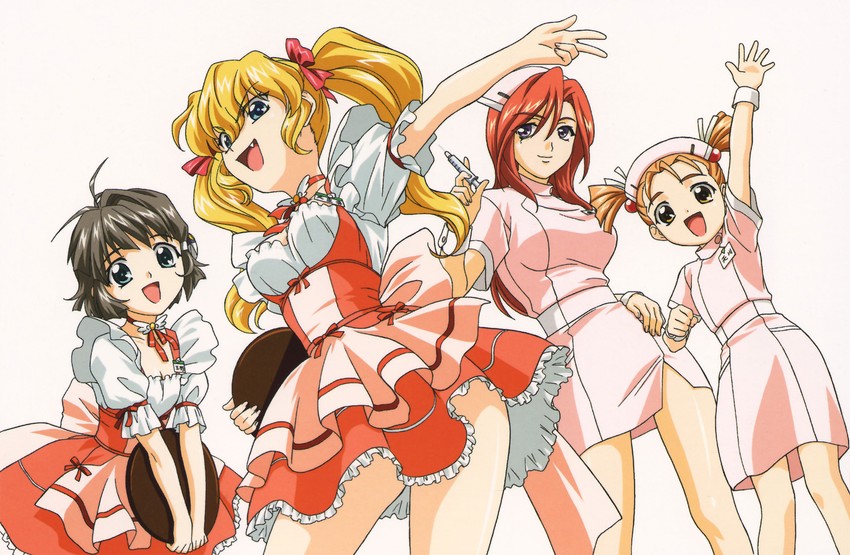
Tsundere
While some would say the trope of a girl who’s 90% tsun-tsun (angry) and 10% dere-dere (lovey-dovey) started with Urusei Yatsura’s Lum, I’d argue that the first true tsundere was Akane from Ranma 1/2. The term itself came from legendary anime Kimi ga Nozomu Eien and the angry-lovey character Ayu Daikuuji.
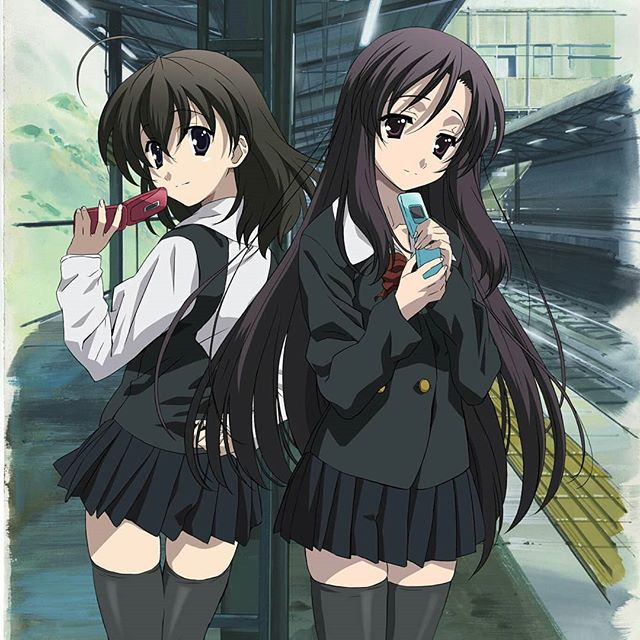
Yandere
While obviously being influenced by Fatal Attraction’s rabbit-boiling Glenn Close, the yandere trope originated with the School Days adult game, which JAST USA publishes. School Days itself was trying to capture the random ironic violence of the 1996 black comedy film Fargo.
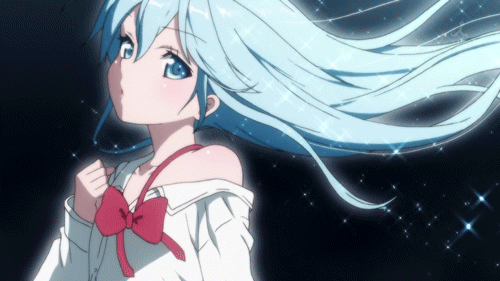
Chunibyo
The decade of the 2010s in anime could be described as the rise of chunibyo, and it seems that every other anime was building characters around “8th grader’s disease,” the tendency of people around the age of 14 to deal with the increasing pressures of life by creating internal fantasy worlds. The term was coined by comedian Hikaru Ijuin in 1999 to describe his own colorful years growing up.
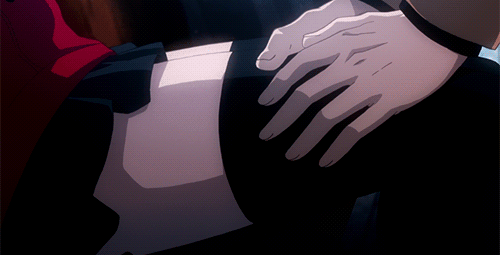
Zettai Ryouiki
The “absolute zone” describing the sweet space between the top of a girl’s over-knee socks and where her skirt begins got popular after a cosplay event in 2005. The term itself comes from Evangelion’s A.T. Field (aka “Absolute Terror Field”), described by Kaworu as “the Holy Space where no man may trespass, as it’s hidden behind the Wall of the Heart.”
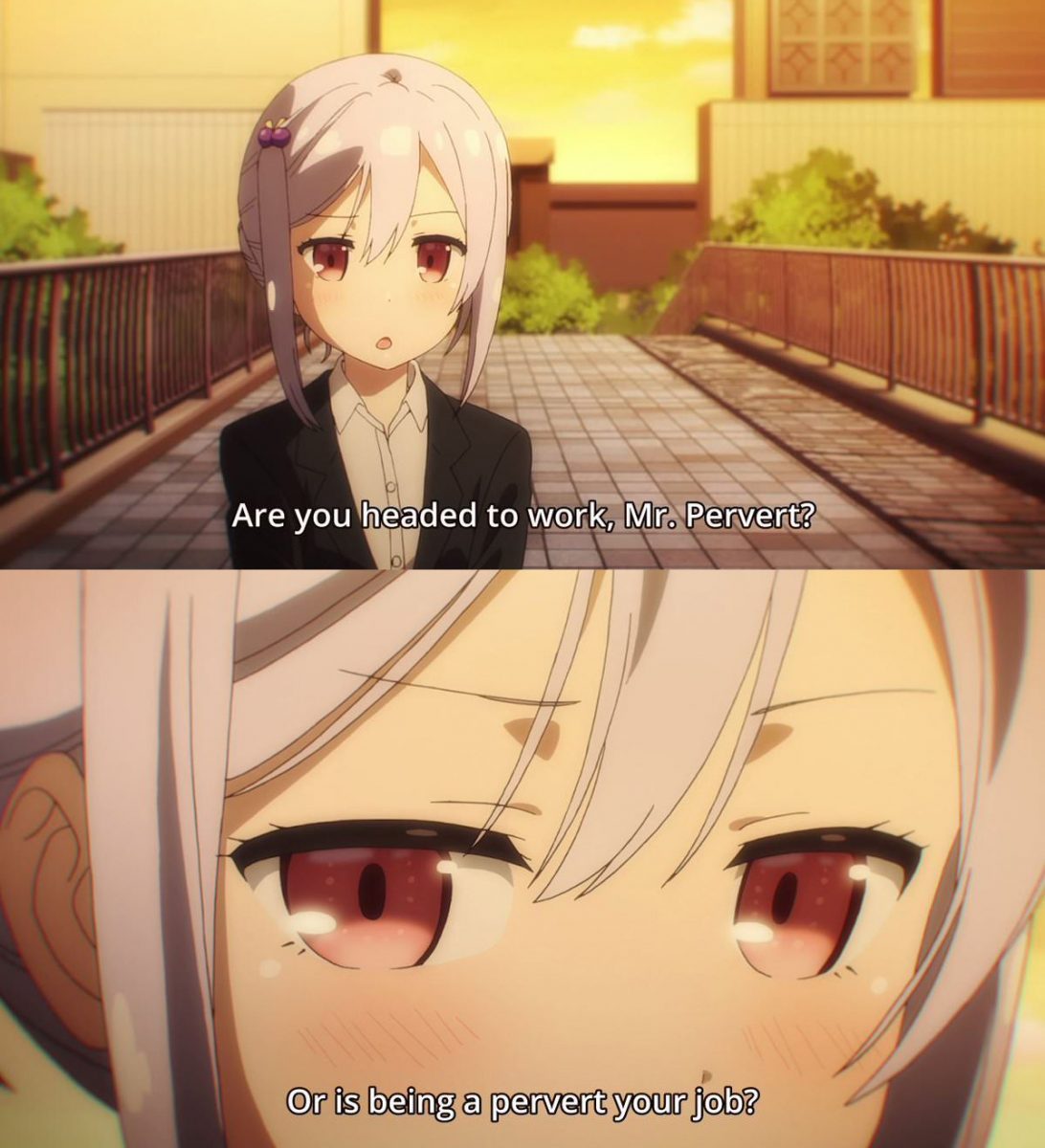
Hentai
Although it refers to any kind of 2D erotic artwork from Japan to us, in Japanese 変態 hentai has a stronger meaning of sexual perversion. The word can also mean “transformation” from one state to another, and the term is used to describe insect metamorphosis, and the famous story by Franz Kafka is Hentai in Japanese. The first major hentai anime series was the Cream Lemon anime series (of which our game Yukkuri Panic Escalation is a direct homage), though the work that made it a household name was the epic Urotsukidouji by Toshio Maeda.
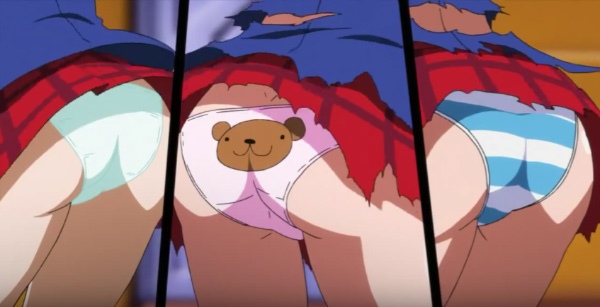
Ecchi
We generally assume that ecchi, the Japanese pronunciation of the letter H which is used as a generic term for anything sexual including the act itself, comes from hentai, though there’s no actual evidence of this. The first use of ecchi as a euphemism for sex is in a 1955 Japanese novel called White Demon Fish. There’s some conjecture that H suru was once a codeword for men having homosexual sex, but its meaning became more generalized over time.
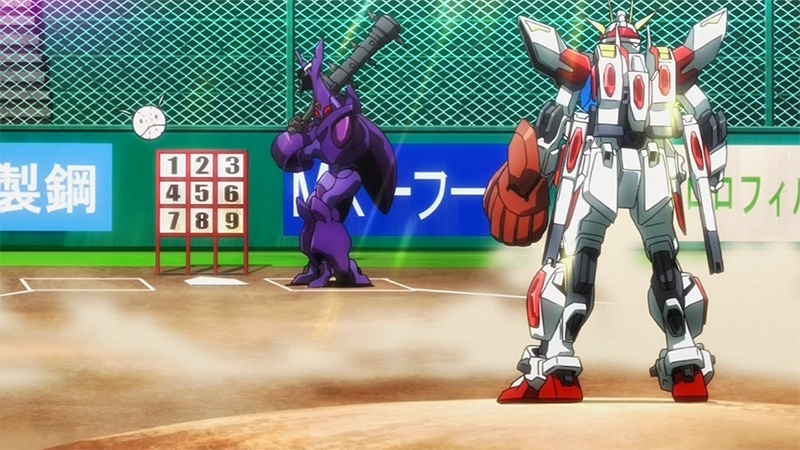
Baseball Episode, a Silly Anime Trope
Another strange trope that defined the post-2000 era, though it goes back a bit further. The oldest reference to characters randomly deciding to play baseball I could find was 1986’s Maison Ikkoku.
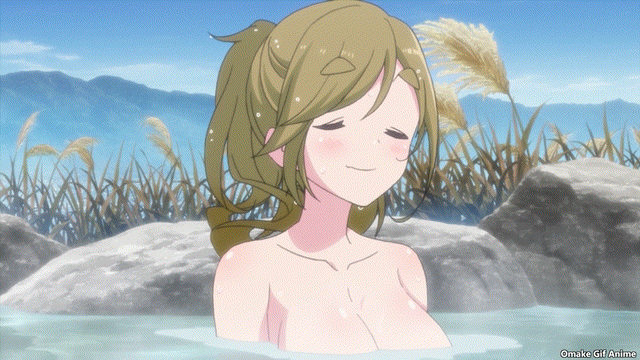
Hot Springs Episode
What about the now-famous Hot Springs episode, which is a requirement of any modern anime series? While there was one in Eva and even in Maison Ikkoku a decade before, it didn’t become a standard source of comedy until series like Love Hina and Ai Yori Aoshi arrived.
https://twitter.com/jlist/status/902338965784510464?ref_src=twsrc%5Etfw
King of the Anime Tropes: “Waifu”
One of the most famous anime tropes. Kimura-sensei from Azumanga Daioh started this one.
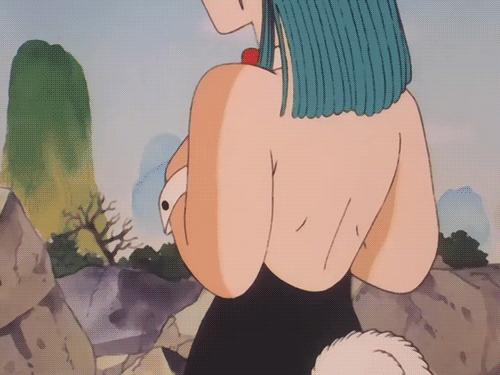
Nosebleeds
The joke of a character getting a nosebleed in a sexual situation (perhaps meant to represent some other bodily emission) started with a 1970 Shonen Jump manga called Yasuji’s Life Lessons for Messed Up Kids. The original manga panel is here, if you want to see it.
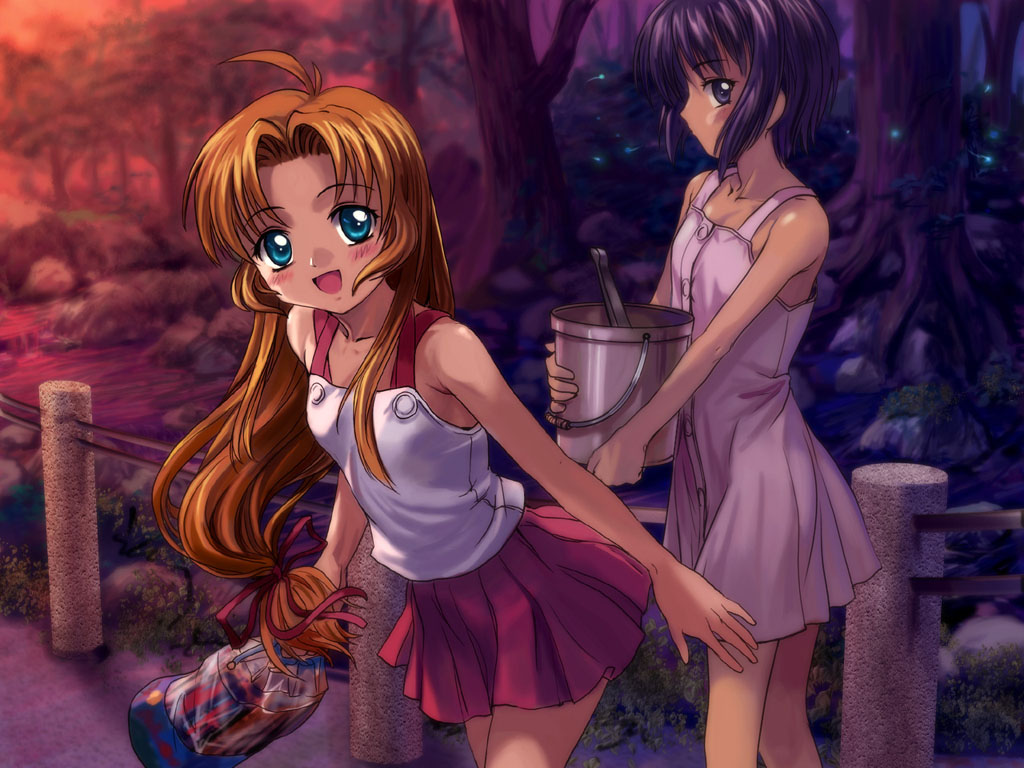
Ahoge
A 1996 horror-themed visual novel from Leaf called Kizuato introduced a cute unkept strand of hair in one character, which came to be called ahoge, literally “idiot hair.” Anime character design has never been the same since.
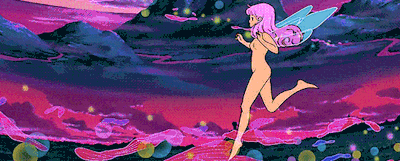
Isekai Anime
What anime gets credit for creating the isekai genre? While I’d like to give credit to Mark Twain, the first true isekai anime was Aura Battler Dunbine in 1983, followed closely by Super Dimension Century Orguss.
https://twitter.com/JListPeter/status/1260427576943751169?ref_src=twsrc%5Etfw
“Would you like dinner? Bath? Or…me?”
This famous phrase came from a sketch by legendary comedian Ken Shimura, who sadly passed away from COVID-19 in March 2020.
Great news! J-List’s fiscal year is ending this month, which means our staff will have to take a day to count all our inventory, which is such a chore. Rather than count it, we decided we’d rather sell it to you, so we’re having a Big Sale so you can help us move them. Browse the sale items here!



